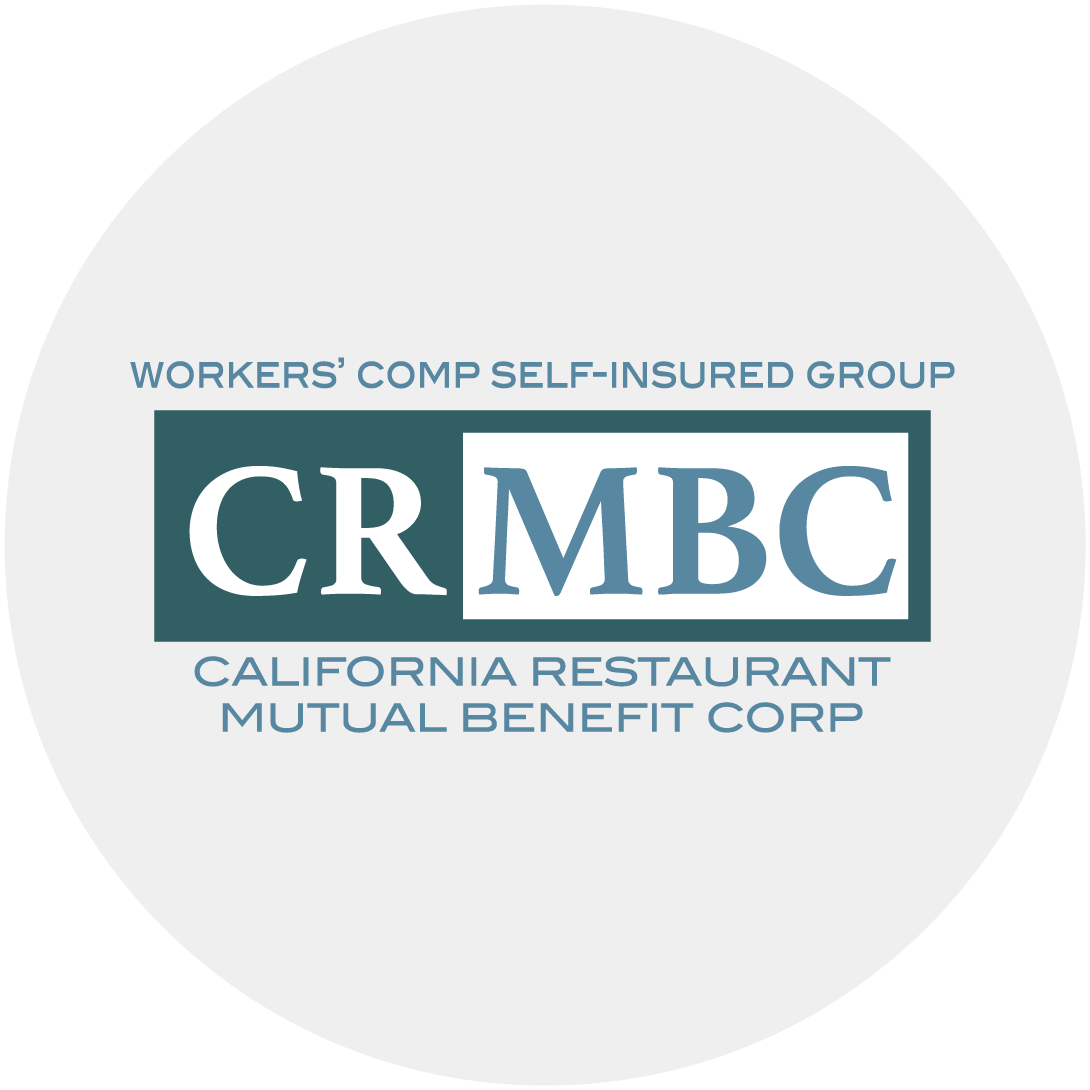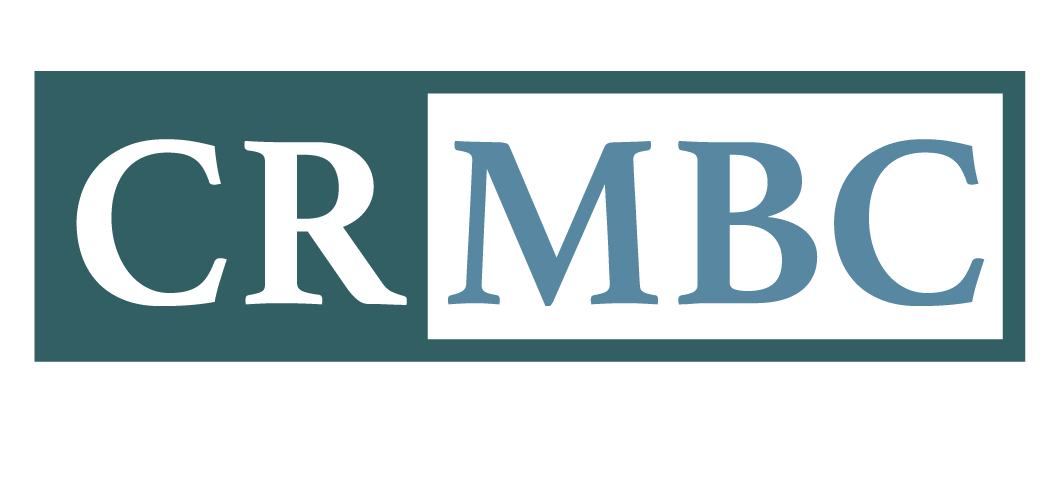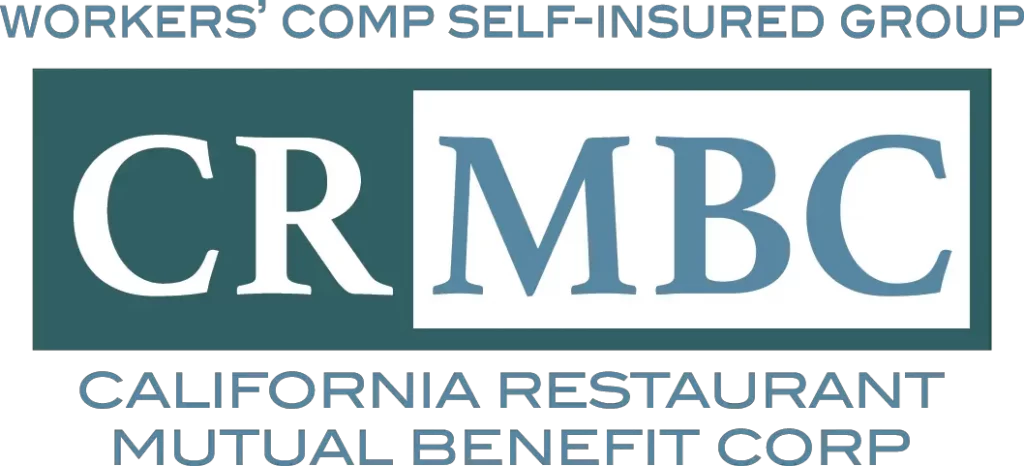Managing workers’ compensation claims has become critical as restaurant owners grapple with rising operational costs and labor shortages. It is now more important than ever. Navigating the complexities of workers’ compensation can be particularly challenging for restaurant operators in California. Understanding the differences between traditional insurance and self-insured groups is essential. This knowledge is crucial for effective risk management, especially in a complex landscape of regulations and rising costs.
In a recent episode of the Self Insurance Podcast, Mike McDonough, a seasoned broker and author of The Employer’s Guide to Workers’ Compensation, shared insights that can help restaurant owners make informed decisions.
The Challenge of Reporting Injuries
One significant hurdle employers face is the fear of reporting injuries. McDonough explained that many operators tend to “walk on eggshells” regarding claims. They often worry that reporting an injury will automatically lead to increased premiums. This apprehension can prevent them from communicating crucial information about workplace incidents.
In contrast, self-insured groups encourage timely reporting of all injuries. McDonough emphasized, “We want them to report every injury because it helps us help them lower their costs.” This shift in mindset is vital. This shift enables employers in self-insured groups to manage claims more effectively. It also improves transparency and reduces costs.
The Importance of Open Communication
Effective communication plays a crucial role in the success of a self-insured program. McDonough shared a real-life scenario where a client considered paying out-of-pocket for an injury to avoid reporting it. “The most important thing is getting your employee checked out; we’ll worry about the finances later,” he advised. This approach highlights the focus on immediate care rather than financial concerns.
Employers can significantly mitigate risks by fostering a culture of open communication and early reporting. Employers may inadvertently escalate the situation by neglecting to report injuries. This neglect can lead to potential litigation and increased costs. “The lack of reporting is driving the cost up,” McDonough noted.
Addressing Continuous Trauma Claims
California’s unique challenges include a high prevalence of continuous trauma (CT) claims. These claims often arise from conditions developed over time, such as knee pain from prolonged standing. “In California, you’re allowed to file a claim saying, over time, I sustained an injury, and that’s somehow related to my employment,” McDonough explained. This places an additional financial burden on restaurant employers.
With 38% of California’s workers’ compensation claims related to continuous trauma, the implications for employers are significant. McDonough highlighted that these claims often lead to litigation, further complicating the claims process. Understanding this unique landscape is crucial for restaurant owners, especially in proactive risk management.
Catastrophic Claims: A Growing Concern
In addition to continuous trauma claims, McDonough noted the rising frequency of catastrophic claims—those involving severe injuries. Safety National has reported a staggering 91% increase in claims exceeding $2 million over the past six years. “Medical advances are saving lives, but at a much higher cost,” he stated, underscoring the financial implications of these claims.
Restaurant operators should recognize that seemingly minor incidents can escalate into significant claims. McDonough cautioned that neglecting to manage these risks can strain a business’s financial resources.
Strategies for Effective Risk Management
McDonough emphasized the importance of a strong safety culture to manage these risks effectively. Investing in loss prevention measures and ensuring all employees understand the reporting process can reduce the likelihood of costly claims.
He also advocated for regular reviews of employee handbooks to ensure they align with safety protocols. “The more employers that keep toxic employees around, it affects morale. It increases the cost,” McDonough explained. A comprehensive employee handbook can be critical for mitigating risks and protecting the business from potential claims.
The Value of Self-Insurance
A key advantage of self-insured groups is that they operate in the members’ best interests. Self-insured groups differ from traditional insurance models. While traditional models may focus on profit, self-insured groups prioritize quality care for injured workers. McDonough noted, “When you’re in a self-insured group, you are an owner of this group.” This ownership fosters a collaborative environment, encouraging all parties to work together efficiently to address claims.
By building relationships with defense counsel who understand the unique needs of self-insured members, businesses can ensure that claims are handled with care and expedience. McDonough emphasized that this approach helps manage costs and reinforces the commitment to the well-being of injured workers.
Conclusion: Empowering Restaurant Owners
In conclusion, understanding the dynamics of workers’ compensation—particularly the differences between traditional insurance and self-insured groups—is essential for restaurant operators in California. Employers can navigate the complexities of workers’ compensation more effectively. They can achieve this by fostering a culture of open communication, proactive reporting, and comprehensive risk management.
As McDonough stated, “It’s all about the injured worker.” Restaurant owners can protect their bottom line by prioritizing employee health and safety and creating a more sustainable and positive work environment.
For further insights into managing workers’ compensation effectively, subscribe to the Self Insurance Podcast or contact CRMBC for expert advice tailored to your needs.

Discover CRMBC’s expertise in workers’ compensation for California restaurants, featuring valuable insights, updates, and strategies for industry success.








